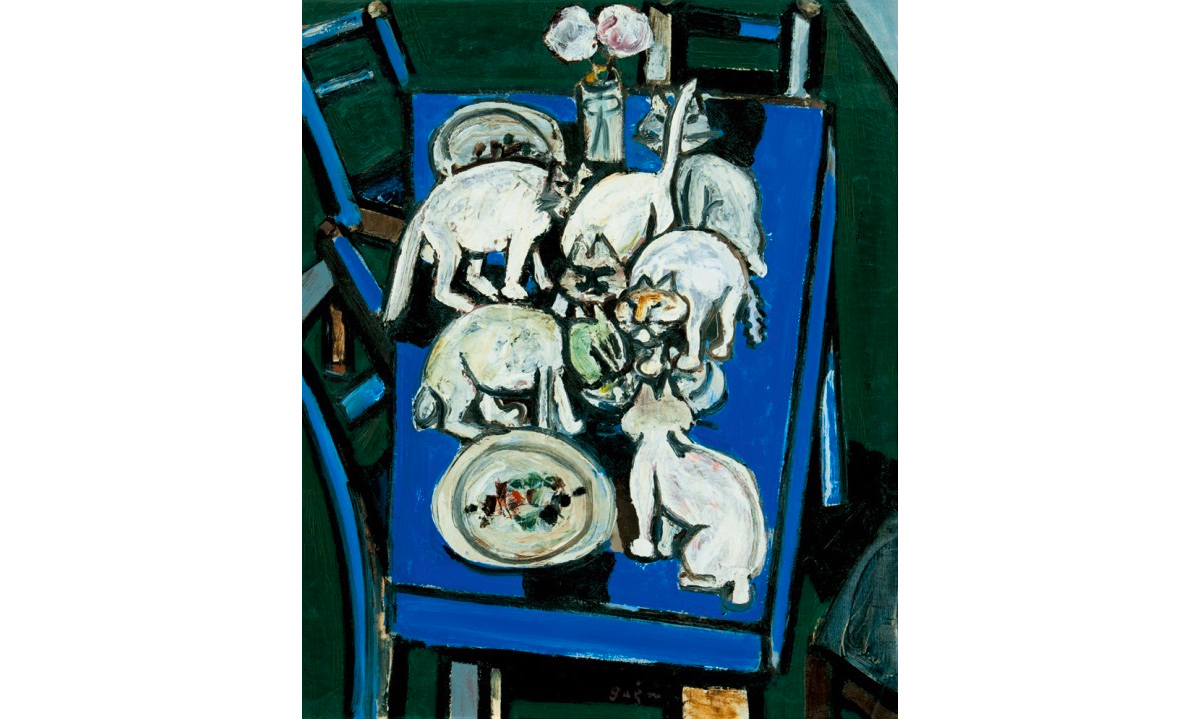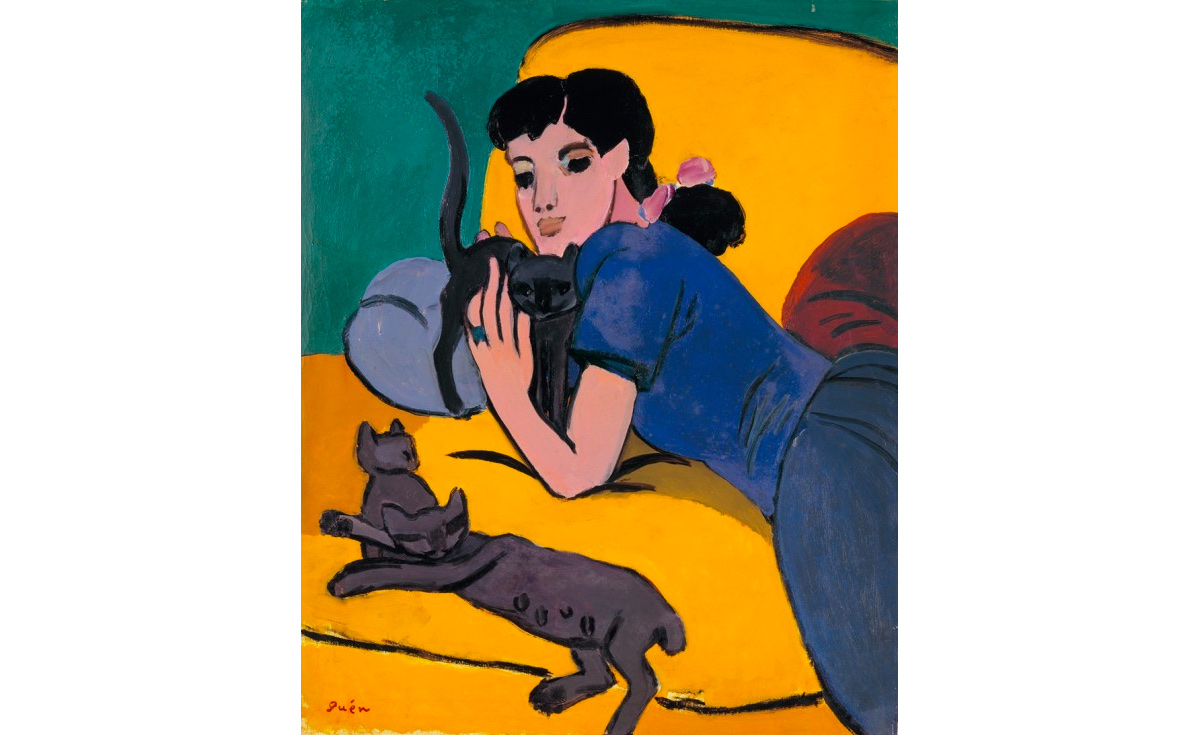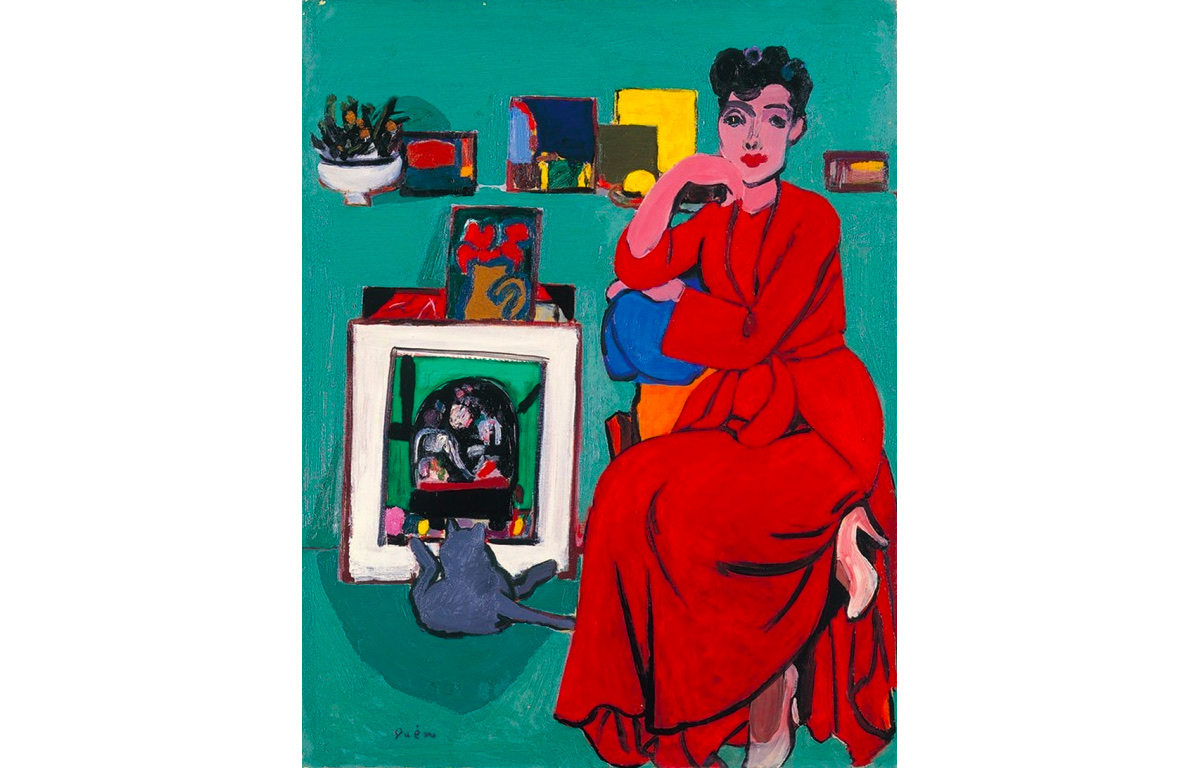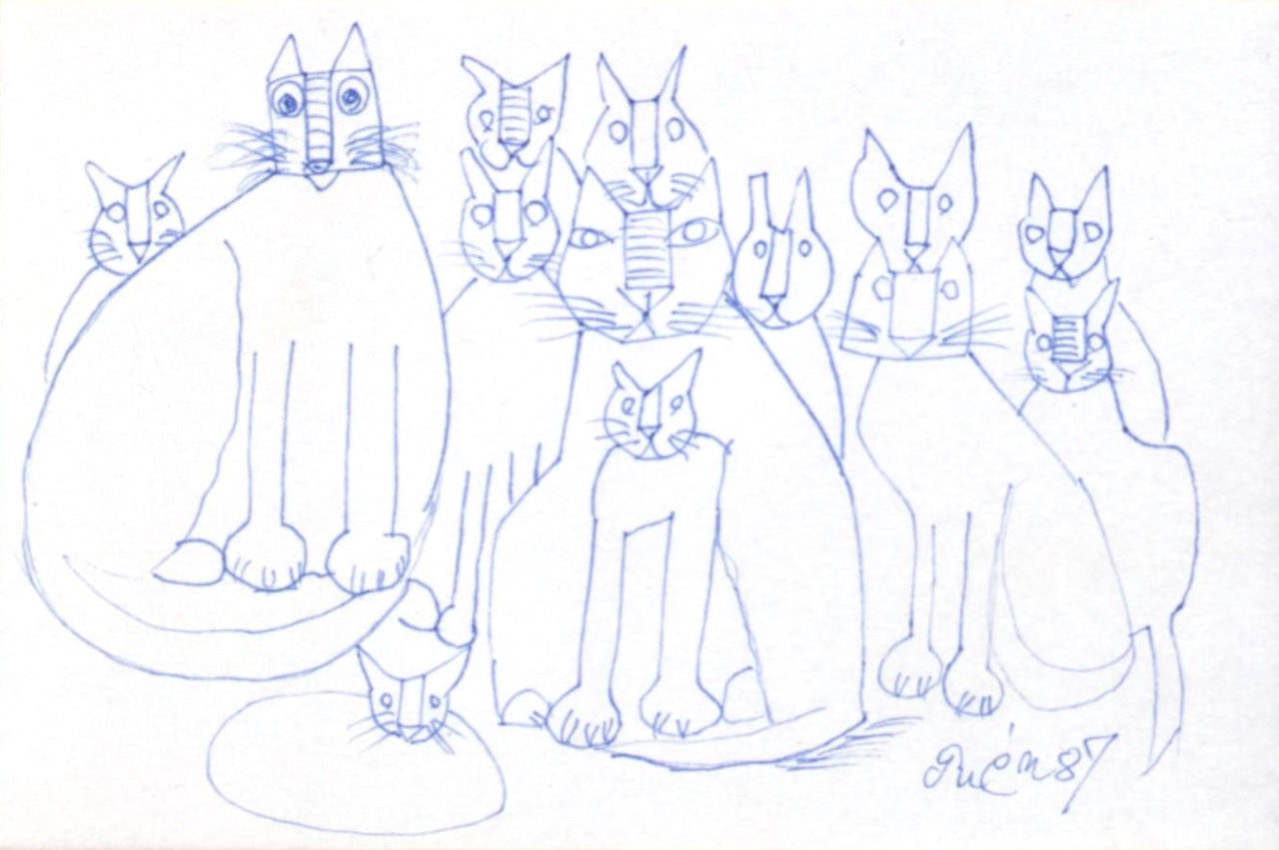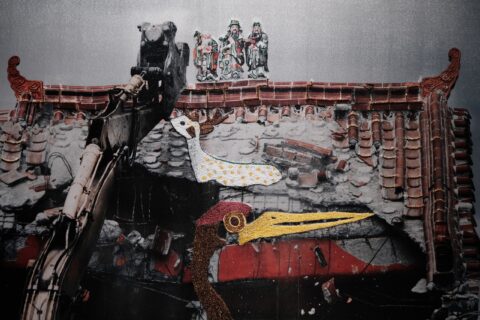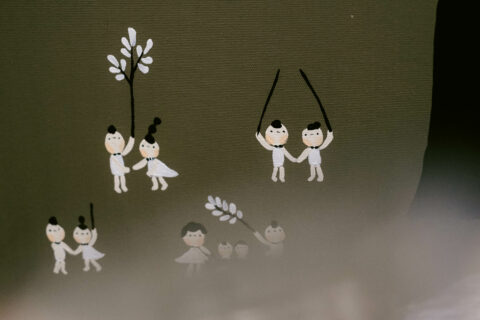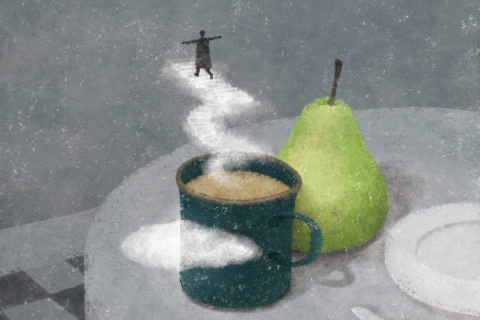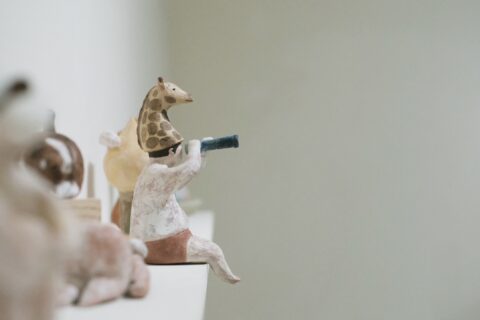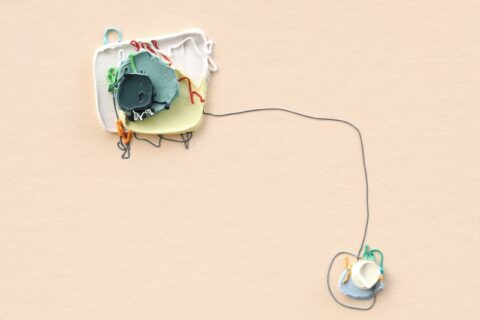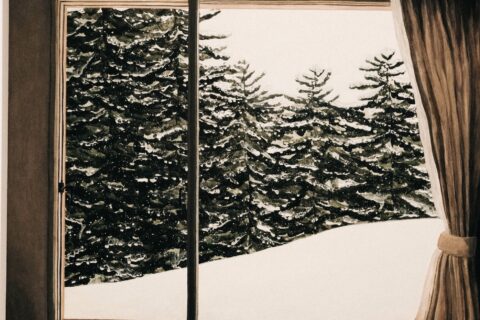
昭和時期的洋畫家猪熊弦一郎,在1938年26歲時移居法國,並成為了Henri Matisse的門生。猪熊弦一郎自小畫功便受讚賞,於現時易名為東京芸術大學的東京美術學院畢業,又曾經入選過重要的美術獎,天份得到公認的他,於Matisse這各野獸派大師面前,得到的評價是:「畫畫得太好了。」「太好」,聽到猪熊弦一郎的耳裡,並非讚美,反而負面批評,暗指他欠缺個人風格。Matisse的話,令猪熊弦一郎改變他一貫的畫風,後來才發展出如此大膽而多變的風格。減少了畫功的約束,情感得以自由奔放於畫布之上。
猪熊弦一郎的出名的貓痴,曾一度同時收養了12隻貓,貓也經常成為他的繪畫對象。涉谷的Bunkamura美術館,將於明年3月20日至4月18日期間,舉辦猪熊弦一郎的畫展,取名「猫們」,當中包括了油畫、水彩畫、素描及塗鴉等,有些作品看似亂畫一通,但卻能直接感受到畫家對貓們,以至身邊事物的愛。毫無掩飾的情感流露,正是他的作品最吸引人之處。
Genichiro Inokuma was a Japanese painter most active during the Shōwa period. In 1938, at the age of 26, he moved to France where he was mentored by Henri Matisse. He studied art at the now Tokyo National University of Fine Arts and Music and achieved recognition in his country at an early age, earning a few nominations for the most prominent arts awards at the time. Matisse, an influential figure of the Fauvism movement, once commented Inokuma’s paintings as “being drawn too well”. To Inokuma, this was far from a compliment; he took it as a roundabout way to imply his lack of personal style. Matisse’s remark brought a huge impact on Inokuma and made him drastically change his artistic direction to adopt a more wild and versatile style. Breaking through the constraints set by drawing techniques, Inokuma was then able to freely channel his emotions into his artworks.
Genichiro Inokuma was known for his unrivaled love for cats. He had even once kept a dozen of at a time. Naturally, cat is a recurring theme in his paintings. The Bunkamura Museum of Art in Shibuya will exhibit works by Genichiro Inokuma from March 20 until April 18 in 2018. Themed as Dear Cats, this exhibition comprises well over a hundred of Inokuma’s oil and watercolor paintings, drawings, and sketches of cats. Viewers are invited to enjoy the paintings in which he portrayed his beloved felines, through which they can have a better understanding of the world in Inokuma’s eyes.
